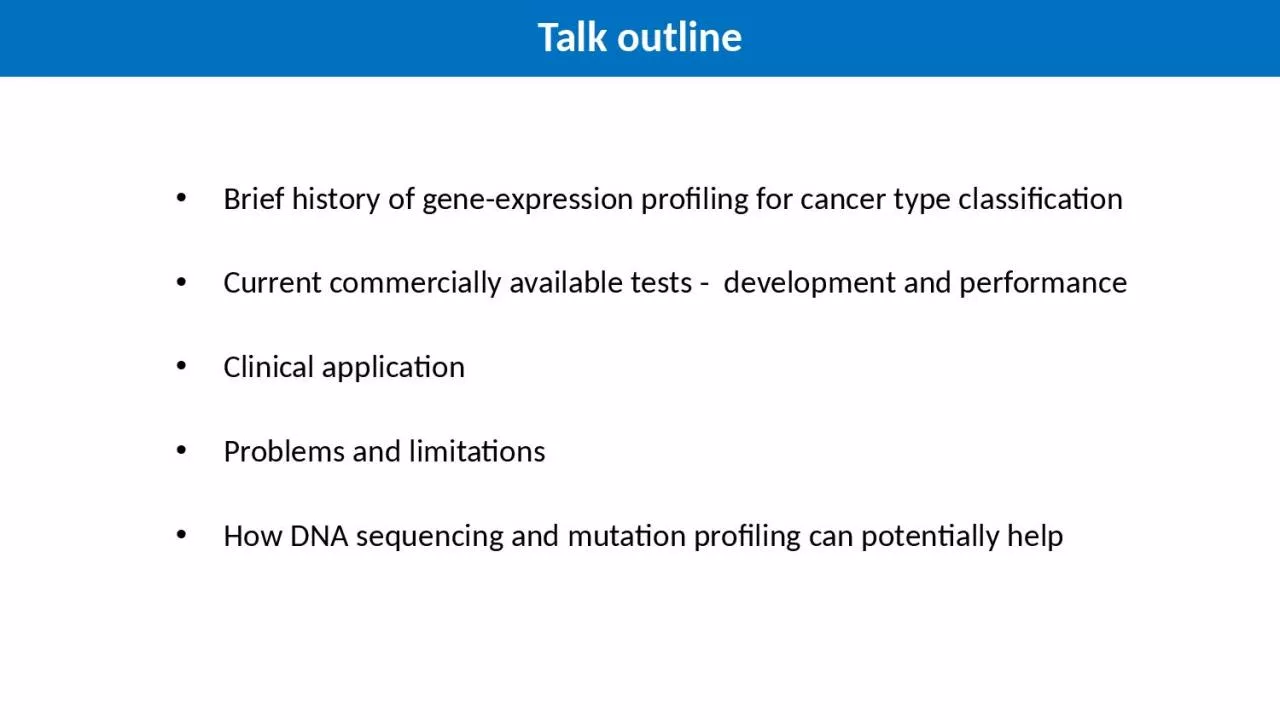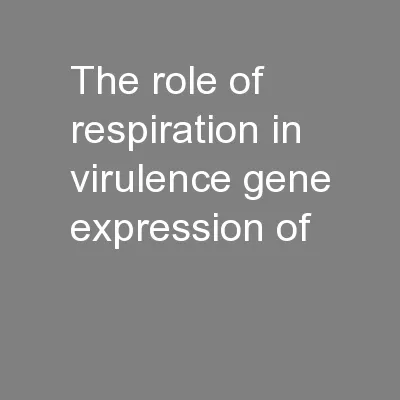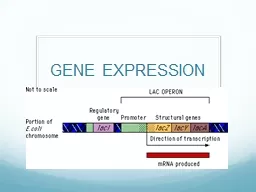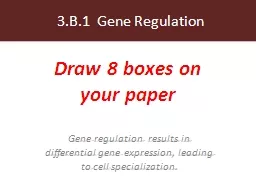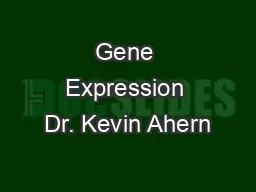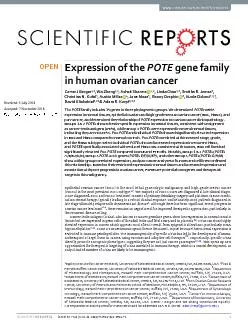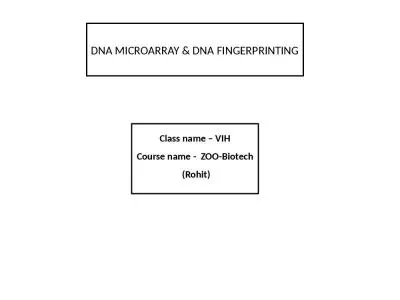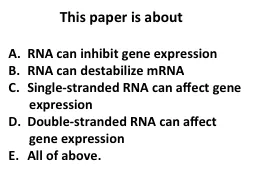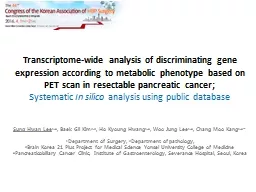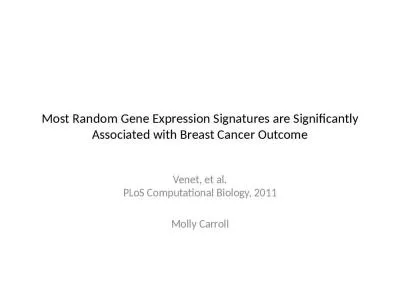PPT-Talk outline Brief history of gene-expression profiling for cancer type classification
Author : ximena | Published Date : 2023-06-10
Current commercially available tests development and performance Clinical application Problems and limitations How DNA sequencing and mutation profiling can potentially
Presentation Embed Code
Download Presentation
Download Presentation The PPT/PDF document "Talk outline Brief history of gene-expr..." is the property of its rightful owner. Permission is granted to download and print the materials on this website for personal, non-commercial use only, and to display it on your personal computer provided you do not modify the materials and that you retain all copyright notices contained in the materials. By downloading content from our website, you accept the terms of this agreement.
Talk outline Brief history of gene-expression profiling for cancer type classification: Transcript
Download Rules Of Document
"Talk outline Brief history of gene-expression profiling for cancer type classification"The content belongs to its owner. You may download and print it for personal use, without modification, and keep all copyright notices. By downloading, you agree to these terms.
Related Documents

